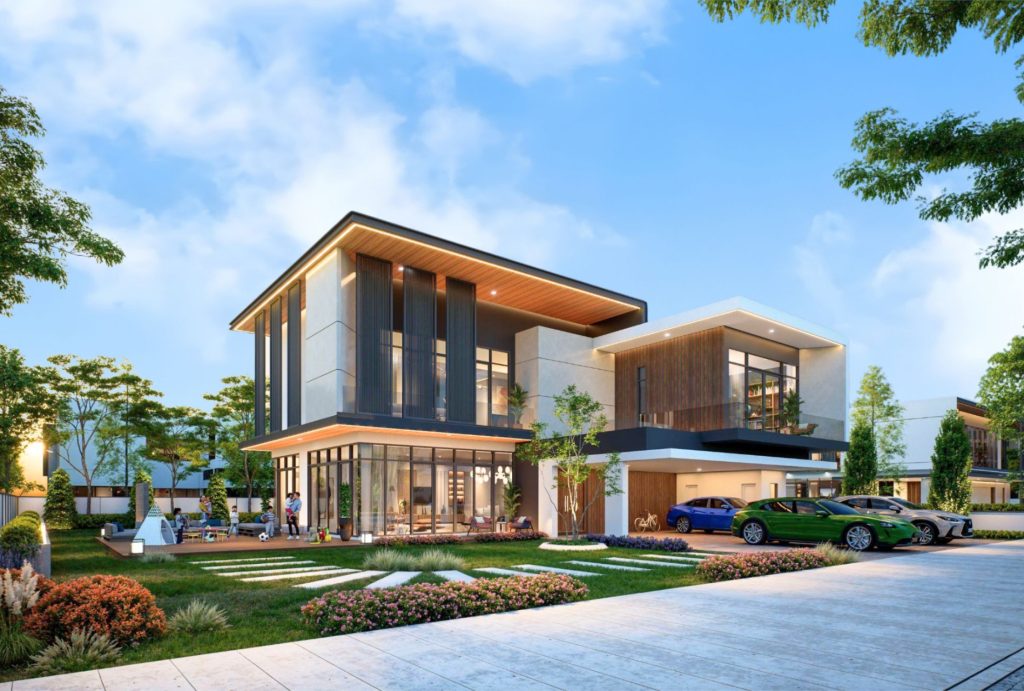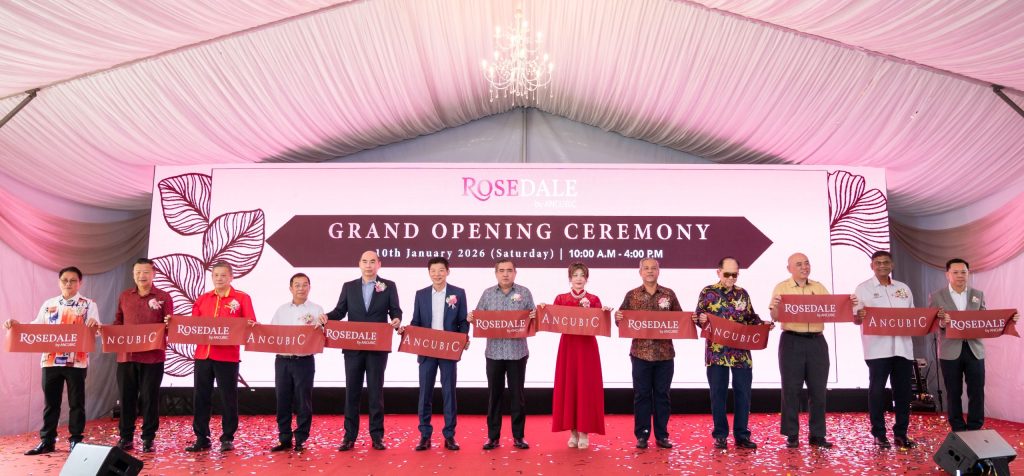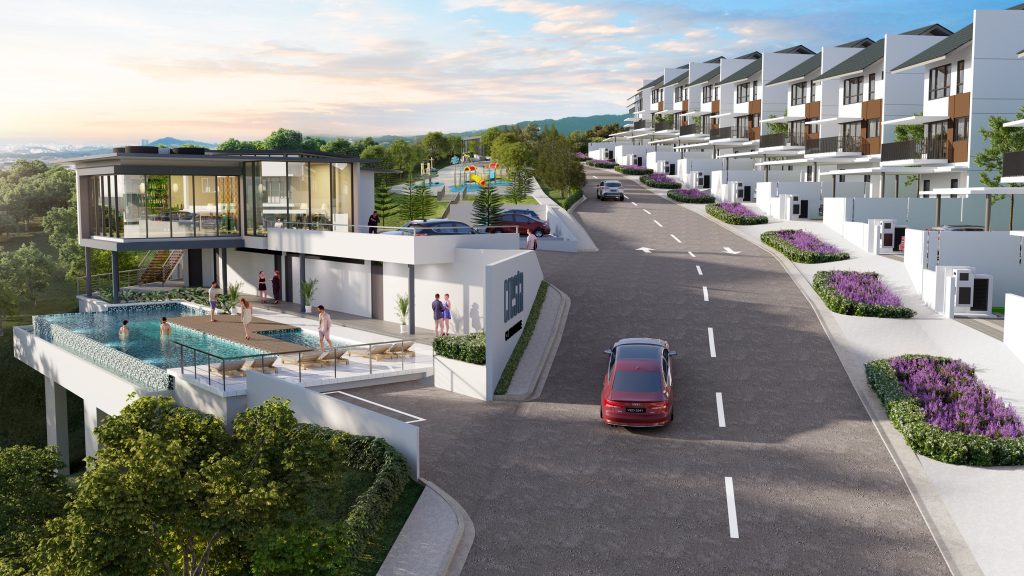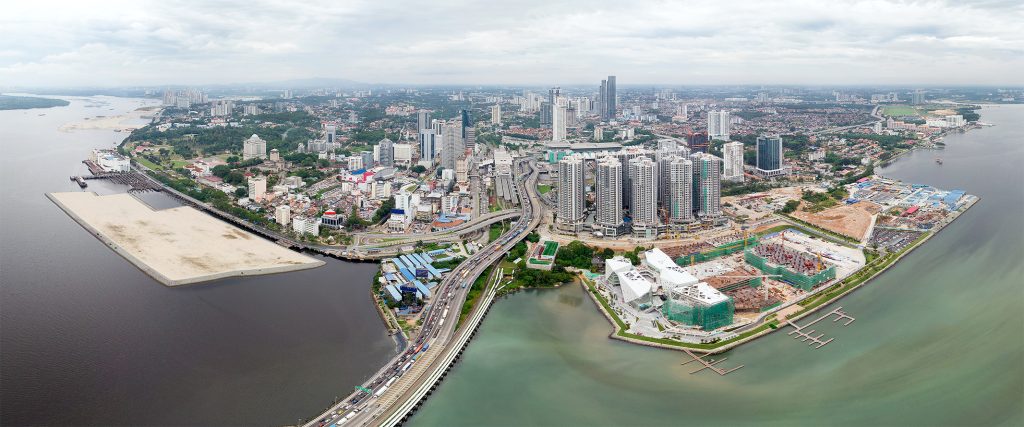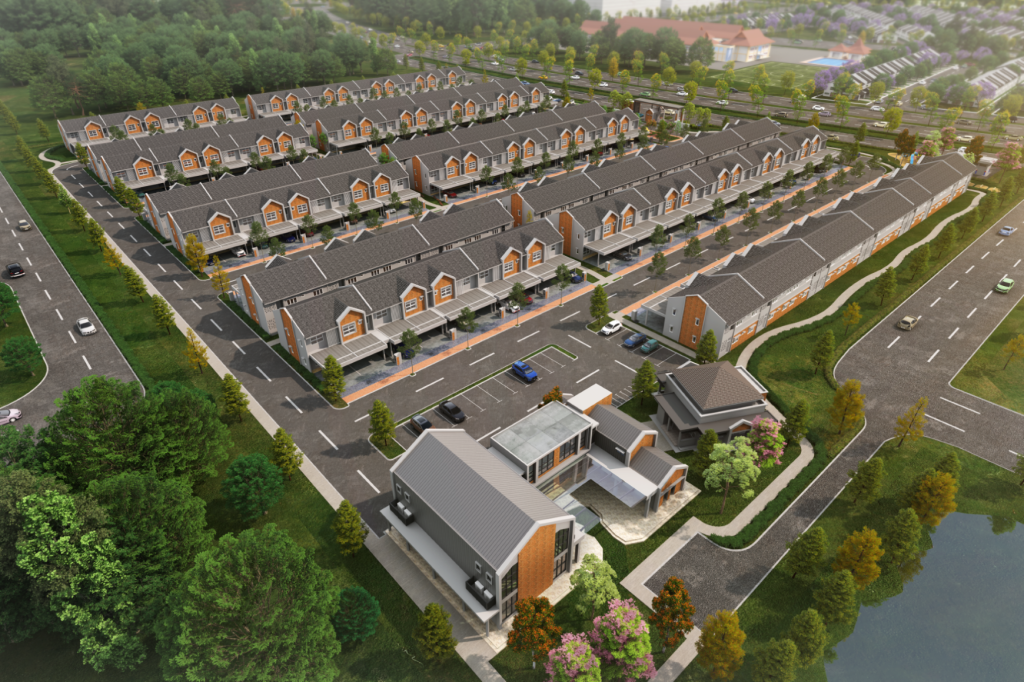Rising costs from material to regulatory leads to unaffordable homes
By Yip Wai Fong
The property industry faces significant regulation from federal, state and local governments, driving up the expenditure of money and time in conforming with the number of regulations and policies.
Known in the industry as compliance costs, they comprise the various approvals, permits, fees and payments required by different agencies at each stage of housing development.
New regulations from multiple agencies continue to add to the burden, but often without increasing the actual value of homes, such as with cross-subsidies and holding costs.
Key compliance requirements include land conversion and development fees, provision of affordable housing and bumi quota, capital contributions to utility providers, loss of sellable land due to planning requirements, holding costs and payments to various agencies.
With rising construction material costs due to inflation, developers are battling multiple fronts to keep housing affordable. During the StarProperty Budget 2025 Roundtable, calls were raised to the authorities to reduce the costs as well as to cushion the impact of rising materials prices.
Unpredictable compliances
Over the past decade, rising costs have stemmed from new compliance requirements beyond traditional ones. The new requirements, more of than not, are for developers to build or upgrade public infrastructures.
“The fact remains that in urban areas, the local authorities and technical agencies pass the upgrading of infrastructures to private developers who happen to be developing the area,” said Real Estate and Housing Developers’ Association (Rehda) president Datuk Ho Hon Sang.
“A township developer who has already built an interchange costing RM200 million to connect with the North-South Expressway (PLUS), was asked to upgrade a single carriage road to dual-carriage, although the interchange can already support the traffic dispersion of the area. It would cost another tens of millions, so the developer had to set it aside for a while for financial reasons and see what would happen. This is a very significant compliance cost,” Ho gave an example.
Streamlining these costs and obligations is key, not only to reduce the industry’s cost of doing business but also for better utilisation of resources as the home buyer demographic and lifestyles have changed. Currently, developments are still designed for five people per household, although the national average household size has declined to 3.8 (persons) in 2020.
“The government would require the development to allocate for five persons in a house. But now, it's not five persons anymore, it's lower. (Let’s say) it is four, that is a 20% reduction, so that (developer) can reduce the school land size for surrender, build a smaller sewerage treatment plant and smaller water tank,” Ho said. “We in Rehda have been asking the respective agencies to look into it because the cost of doing business is high, let’s revisit the fundamentals of design and see how to reduce the cost.”

Wong said guidelines and building by-laws should adapt to the current household size and home buyers’ lifestyle. —YAP CHEE HONG/The Star
Gamuda Land chief operating officer Wong Siew Lee also said that stipulations such as in the Selangor State Planning Guidelines and Standards Manual and the Uniform Building By-laws (UBBL) needed a review to reflect the current household size.
“The (guidelines) requirement is to provide at least three bedrooms (for terrace houses), but from our statistics, 30% of people who renovate took down some of the walls, which actually contributed more waste to the environment. So the stipulation should be reviewed to allow developers to still capture the size but not have to provide three bedrooms, as that is a personal lifestyle choice (of home buyers). People (who) might not have kids want a bigger master bedroom or a space to study.
“We hope the government can look into reviewing the policy or the UBBL so that it is more relevant to current lifestyles,” she said.
Speedier approval
Costs should also be reduced via a speedier approval process by the authorities, as delays result in additional holding costs and construction risks.
“Compliance cost and speedy approval by authorities are related. Higher holding costs of land and everything else are due to slow approvals. If this can be overcome, I would say we can reduce between 5% to 10% holding and overall cost,” said Sarawak Housing and Real Estate Developers’ Association (SHEDA) deputy president Louis Ting.
“To enable developers to handover projects in a timely manner, we seek for the government to refine, expedite processes, authority approvals and timelines, thus increasing the overall efficiency,” said SP Setia chief operating officer Datuk Zaini Yusoff, who contributed to the discussion post-event.
Costly to uphold policies
Holding costs also incur due to unsold affordable housing and bumi quota units, the policies for which vary from state to state and add to more compliance costs.
Wong shared that for affordable housing, units could remain unsold for as long as two years due to buyers’ affordability issues, but unlike bumi quota units, developers could not release the price-controlled items to the open market.
On the other hand, unsold bumiputera quota units lack a standard release mechanism. Each state’s policy for release may be different and developers face a lengthy period plus a levy for release of such unsold units. This has led to the suggestion for a liberalised quota policy to drive sales.
“We propose that there should be no more preassigned units for the bumi quota. Instead, any bumiputera buyers will be given a discount on the unit of their choosing, subject to a quota of say 30%. In other words, the five-year lock-in period will be no more. This is our proposal to reduce compliance costs and policies that have been incumbent on the industry,” Sabah Housing and Real Estate Developers Association (Shareda) president Datuk Chua Soon Peng said on behalf of the association. “Also, there should be an automatic release for unsold units after vacant possession.”
Duplicate levies

The levy paid to HRD Corp is a duplication, contributing to a higher cost of compliance, said Ho. —YAP CHEE HONG/The Star
Developers also reiterated their call to be exempt from the Human Resources Development Corporation (HRD Corp) levy, as they have also been levied by the Construction Industry and Development Board (CIDB) for training and development purposes.
“For years, developers have already been required to pay a 0.125% levy on the total value of construction work to CIDB. Add another 1% for HRD Corp, that's where the high cost of doing business and compliance costs is,” said Ho.
Surging material costs
Rising material costs have been felt sharply across the industry; a recent Rehda survey indicated that it has a critical impact on most of its members.
Zaini said that soaring prices of raw materials have affected the profit margins.
“With Prime Minister’s recent direction to the Federal Territories Department and Kuala Lumpur City Hall (DBKL) to incorporate Madani housing blocks in each upcoming residential project, a proposed suggestion is to implement ceiling prices of raw materials such as concrete, steel, fuel, and tax subsidies for imported construction materials in reducing overall cost and enabling home ownerships across all income brackets,” he added.
Matrix Concepts Holding Bhd chief executive officer Chai Keng Wai, who contributed his view post-event, called for the government to work with the industry to stabilise the prices of materials.
“We are advocating that the government and the industry work together in stabilising construction material prices, through long-term contracts or bulk purchasing agreements, to reduce volatility in project costs,” he said.
Ting believed that the industry as a whole needs to up its productivity for long-term growth, adding that Sarawak needs a special training allocation for its workforce.
“On the cost increase, I think it is something we cannot escape. The issue is how do we make the industry more efficient. Until and unless we increase productivity and efficiency in all sectors, costs will always be going up. At the end of the day, are we in a position to absorb the cost?
“In Sarawak, our (industry) margin is very low. A lot of times we look at 10-15%. Because of that, banks hardly provide bridging finance, they think there are too many risks in the industry. We request the government for a special allocation for training for Sarawak, to increase productivity and efficiency at all levels,” he said.
Be it due to market forces or regulatory policies, rising costs lead inevitably to unaffordable homes. To reduce costs, measures to boost the efficiency of the housing delivery system are crucial.
Box: Recommendation
- It is imperative that the government should reduce compliance costs imposed on property developers, such as contribution to the Improvement Service Fund (ISF), utility costs, main infrastructure cost, land premium fees (land conversion), among others.
- Cost can also be reduced indirectly via streamlining and expediting processes, authority approvals and timelines.
- Allow for measures to soften the material price impact such as tax relief for the purchase of construction materials, lowering import levy, or ceiling prices on the materials.
Stay ahead of the crowd and enjoy fresh insights on real estate, property development, and lifestyle trends when you subscribe to our newsletter and follow us on social media.







